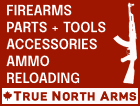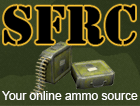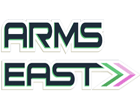Hey! So I just signed up for my RPAL course at Ready AIM in Oakville. I'll be taking the course with a friend in late April. I understand these places give you lots of preparation for the exams but I'd like to go in with a bit of a leg-up if you will. I think, for a newbie, I've already got some good habits WRT safe handling but I want to ace that practical. Could you point me in the direction of some study and practice materials? I'm aware of the ACTS/PROVE mnemonics for making safe a firearm; should I just drill those into my head repeatedly? Some tutorial videos would be nice.
While I'm here, I'd like to learn about marksmanship, maintenance, general firearms lexicon, etc. Basically I want to sponge up all the knowledge I can, so that I'm well-prepared when I buy my first firearms. If you could recommend me some books on marksmanship that'd be excellent. Thanks for your time, happy shooting!
|








 Reply With Quote
Reply With Quote







